What Strategies Can Prevent Cross-Contamination in Pharmaceuticals?
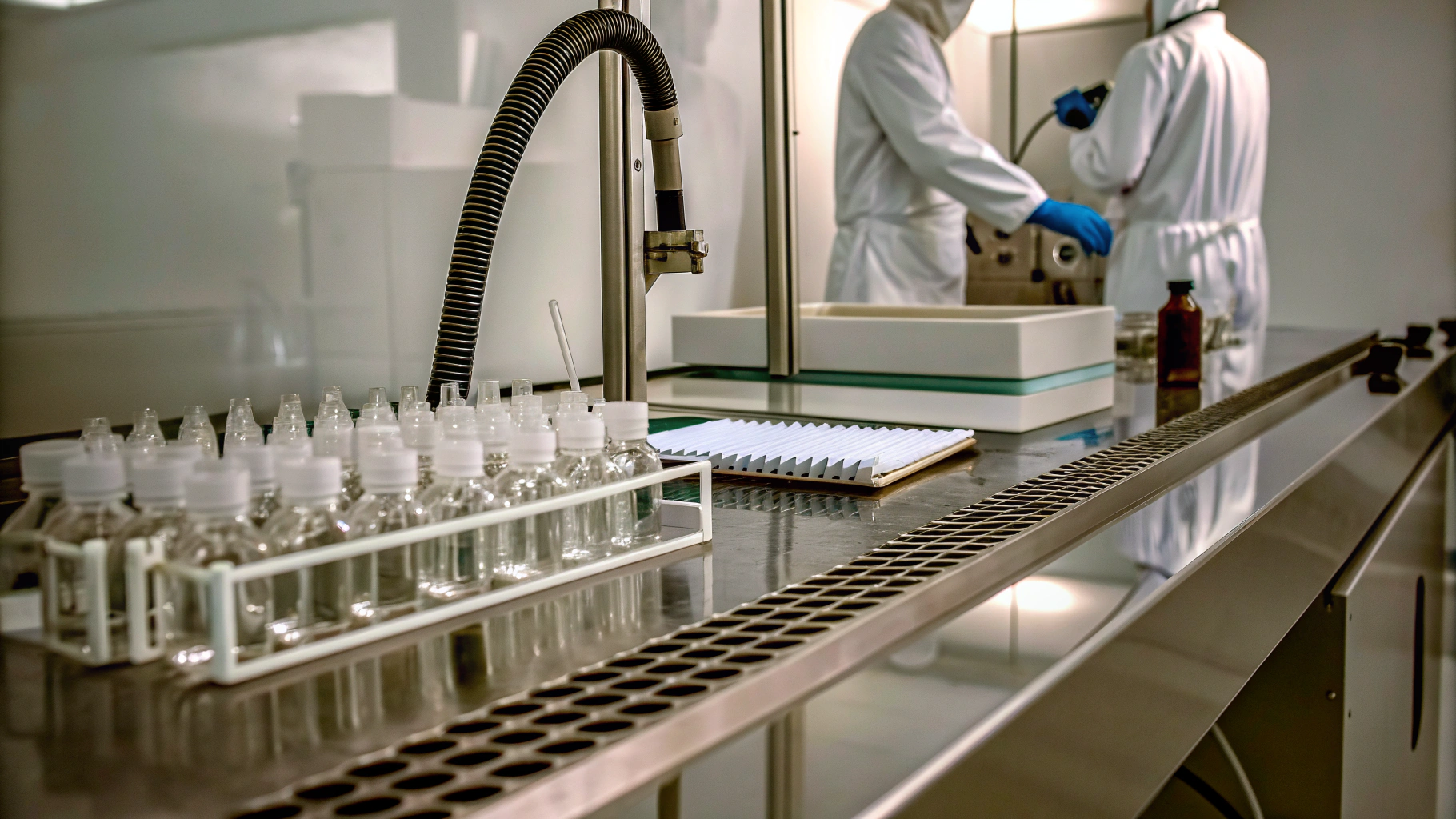
Overview
Preventing cross-contamination in pharmaceuticals necessitates the implementation of:
- Stringent cleaning procedures
- Comprehensive staff training
- Diligent environmental oversight
These strategies are not merely recommendations; they are essential for maintaining product integrity and ensuring regulatory compliance. Case studies and regulatory guidelines underscore the critical importance of effective contamination control measures, illustrating how adherence to these practices can safeguard both product quality and public health. By prioritizing these measures, organizations can not only meet compliance requirements but also enhance their operational excellence.
Introduction
Cross-contamination in pharmaceuticals presents a significant threat to product safety and efficacy, potentially undermining public trust in essential medications. As the industry navigates stringent regulatory demands and high-stakes consequences, it is paramount to explore effective strategies to prevent this issue.
Pharmaceutical manufacturers must employ robust methods to safeguard their products from harmful contaminants while ensuring compliance with evolving regulations. This article delves into critical approaches that not only enhance safety but also uphold the integrity of pharmaceutical production.
Define Cross-Contamination: Importance in Food Safety
Cross-contamination signifies the accidental transfer of contaminants from one substance or surface to another, posing a serious risk to the purity and safety of pharmaceutical items. This hazard is particularly pronounced during manufacturing processes, where active components or impurities from one batch may inadvertently blend with another. The imperative of preventing cross-contamination highlights what strategy can prevent cross-contamination, as it is essential for ensuring patient safety, effectiveness, and regulatory compliance.
Regulatory agencies, such as the FDA, mandate strict adherence to Good Manufacturing Practices (GMP) to mitigate these dangers, ensuring that items are safe for consumption and free from harmful contaminants. Notably, the FDA has highlighted the risk of impurities associated with Burkholderia cepacia complex in non-sterile, water-based pharmaceuticals, emphasizing the necessity for robust environmental controls and validation procedures.
Furthermore, the Johnson & Johnson vaccine recall, which necessitated the disposal of 75 million doses due to cross-infection with AstraZeneca’s vaccine, exemplifies the severe repercussions of inadequate impurity control. Such incidents not only disrupt the availability of life-saving medications but also erode public confidence in pharmaceutical items.
To maintain the highest standards of quality and safety, one must consider what strategy can prevent cross-contamination. These include:
- Stringent cleaning procedures
- Comprehensive staff training
- Diligent environmental oversight
By fostering a culture of compliance and implementing thorough control measures, pharmaceutical producers can significantly reduce the risks associated with cross-exposure and address what strategy can prevent cross-contamination, ultimately safeguarding patient health and ensuring adherence to regulatory standards.
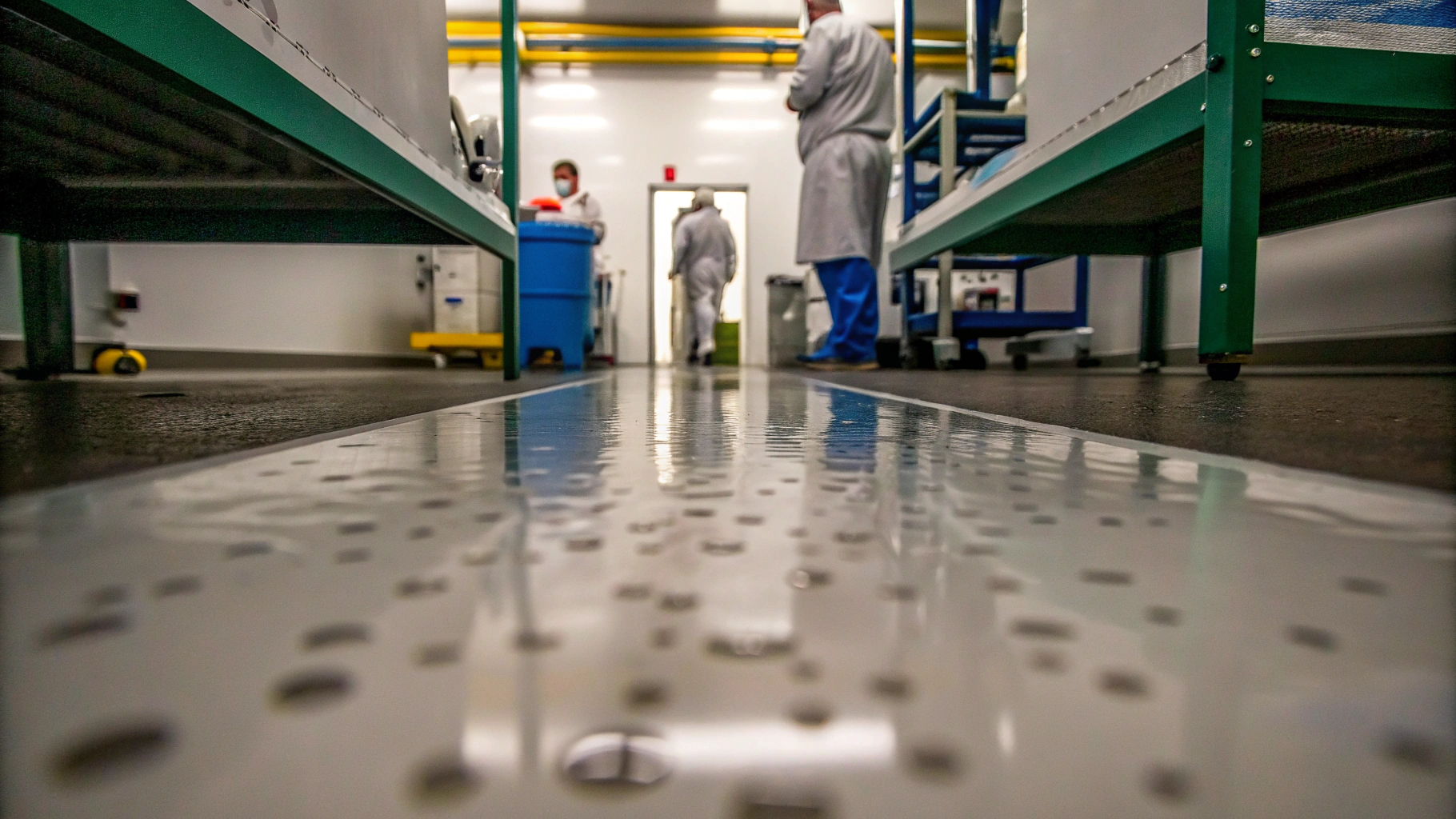
Explore Strategies to Prevent Cross-Contamination
Preventing cross-contamination in pharmaceuticals necessitates a comprehensive strategy that incorporates several key elements:
-
Strict Hygiene Protocols: Implementing rigorous cleaning and sanitation procedures is vital. This includes regular cleaning of equipment and surfaces, alongside strict adherence to hygiene practices by personnel, such as thorough handwashing and the use of appropriate Personal Protective Equipment (PPE). Research shows that what strategy can prevent cross-contamination includes effective hygiene practices, which can greatly reduce contamination threats, protecting item integrity and patient safety.
-
Specialized Areas and Tools: Employing specialized areas and tools for various items is crucial in mitigating cross-contamination concerns. For instance, separate production lines for allergenic or potent compounds can prevent unwanted interactions, thereby maintaining the purity of each product. This practice is supported by case studies demonstrating improved outcomes in facilities that prioritize dedicated environments.
-
Training and Awareness: Ongoing training initiatives for staff on hazards and prevention strategies are essential. Regular training reinforces best practices and emphasizes the importance of maintaining a contamination-free environment. Evidence indicates that well-trained staff are less likely to introduce contaminants, thereby improving overall adherence to hygiene standards.
-
Automated Systems: Incorporating automation into manufacturing processes can significantly reduce human contact, thereby lowering the likelihood of cross-contamination. Automated systems ensure consistent adherence to cleaning protocols and can be programmed to execute tasks with precision, further enhancing hygiene measures.
-
Regular Audits and Monitoring: Performing regular audits and oversight of processes is crucial for recognizing potential risk factors and ensuring adherence to established protocols. Performance monitoring tools can help maintain high hygiene standards, as demonstrated in case studies where regular assessments led to improved sanitation practices and reduced contamination incidents.
By concentrating on what strategy can prevent cross-contamination, pharmaceutical producers can effectively protect quality and patient safety while ensuring adherence to strict industry regulations.
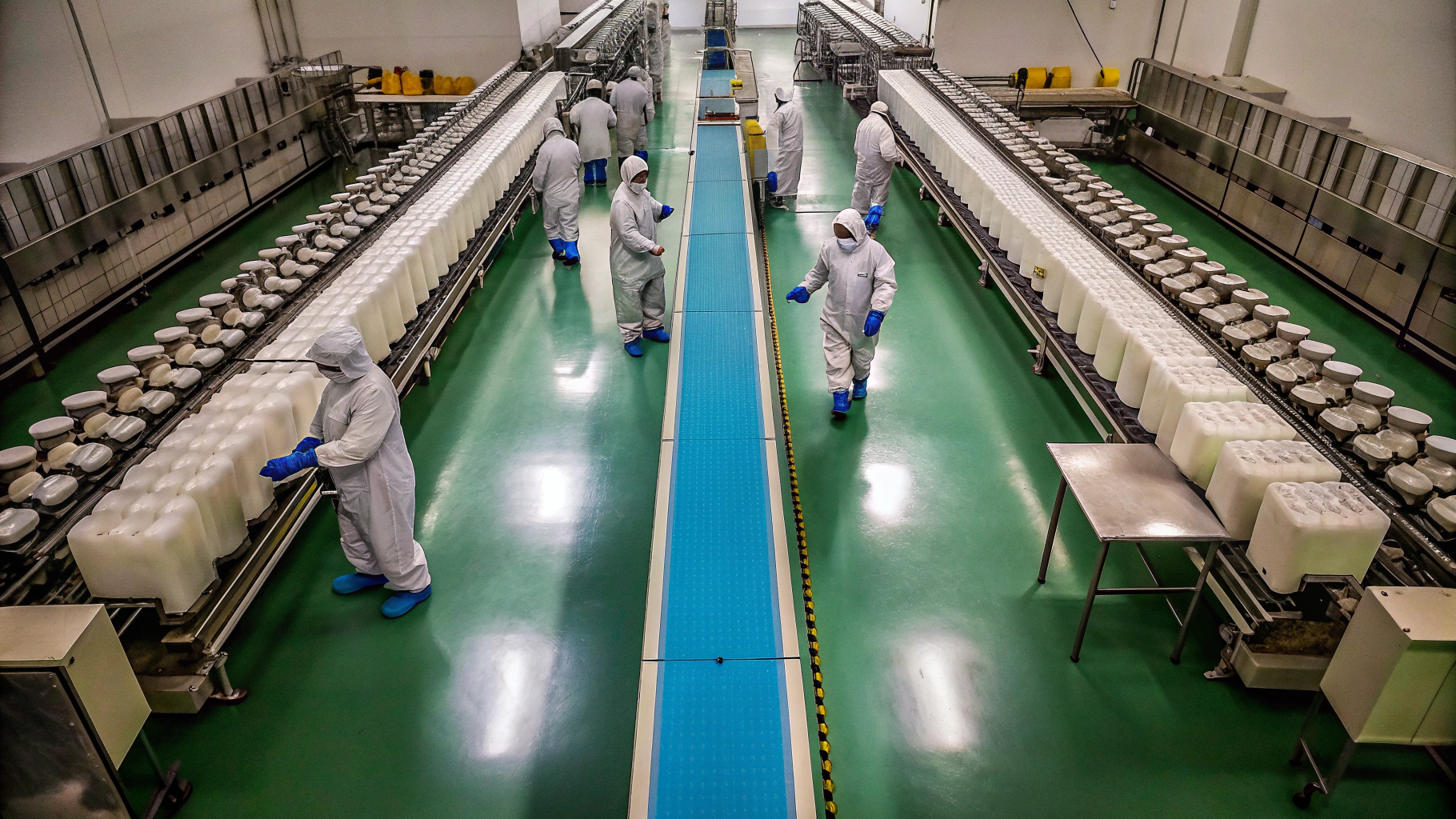
Understand Regulatory Implications of Cross-Contamination
The regulatory framework governing cross-contamination in pharmaceuticals is exceptionally stringent, with agencies such as the FDA and EMA enforcing rigorous guidelines to uphold integrity. Non-compliance poses severe consequences, including:
- Product recalls
- Significant legal penalties
- Irreparable harm to a company's reputation
The FDA's Current Good Manufacturing Practices (CGMP) underscore the necessity for producers to implement robust measures for controlling impurities. Notably, 21 CFR 211.100(a) has recorded 86 citations due to the lack of written procedures, emphasizing the critical need for documented strategies. Additionally, the European Union's GMP guidelines outline specific requirements, emphasizing what strategy can prevent cross-contamination, particularly in multi-product facilities.
Businesses must maintain comprehensive records of their pollution control strategies and are subject to regular inspections to ensure compliance. In Fiscal Year 2023 and 2024, there were 138 citations related to procedures not being documented or fully adhered to, highlighting the paramount importance of following these regulations. The repercussions of non-compliance not only jeopardize patient safety but also expose organizations to considerable financial and operational risks.
A pertinent example is the Blue Bell Creameries listeria outbreak in 2015, which led to a nationwide recall and over $19 million in fines due to insufficient contamination controls. Such incidents serve as stark reminders of the critical necessity of maintaining rigorous compliance with cross-contamination regulations.
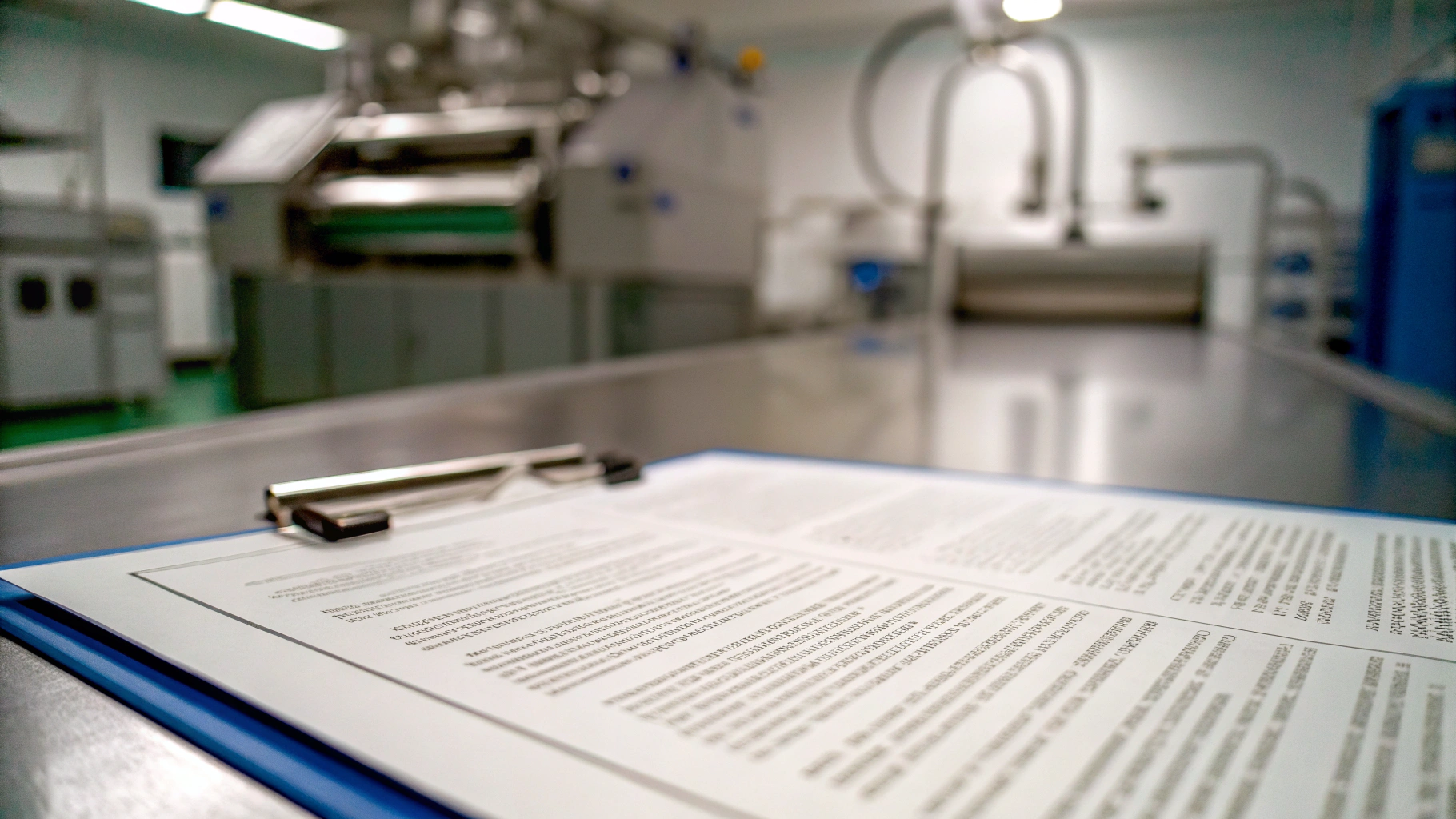
Case Studies of Successful Cross-Contamination Prevention
Numerous pharmaceutical companies have effectively implemented strategies that can prevent cross-contamination, establishing benchmarks for best practices. A leading biopharmaceutical company, for instance, reorganized its manufacturing plants to incorporate specialized production lines for various items. This strategic redesign significantly reduced the risk of cross-contamination, illustrating strategies that can prevent cross-contamination and improve overall safety while aligning with GXP and FDA regulations.
Similarly, a global pharmaceutical manufacturer invested in advanced automation technologies, which minimized human intervention in critical processes. This investment not only enhanced operational efficiency but also ensured strict adherence to cleaning protocols, resulting in zero findings during regulatory audits.
These case studies underscore the essential role of proactive strategies and continuous improvements in control practices, illustrating their effectiveness in upholding standards and protecting product integrity. As Indra Permana noted, "With good ventilation strategies, contamination removal can be more effective," emphasizing the significance of ongoing enhancement in these practices.
AVS Life Sciences offers comprehensive quality management and regulatory compliance solutions, including SOPs and Data Integrity practices, tailored for the life sciences sector, ensuring that companies can meet these stringent requirements.
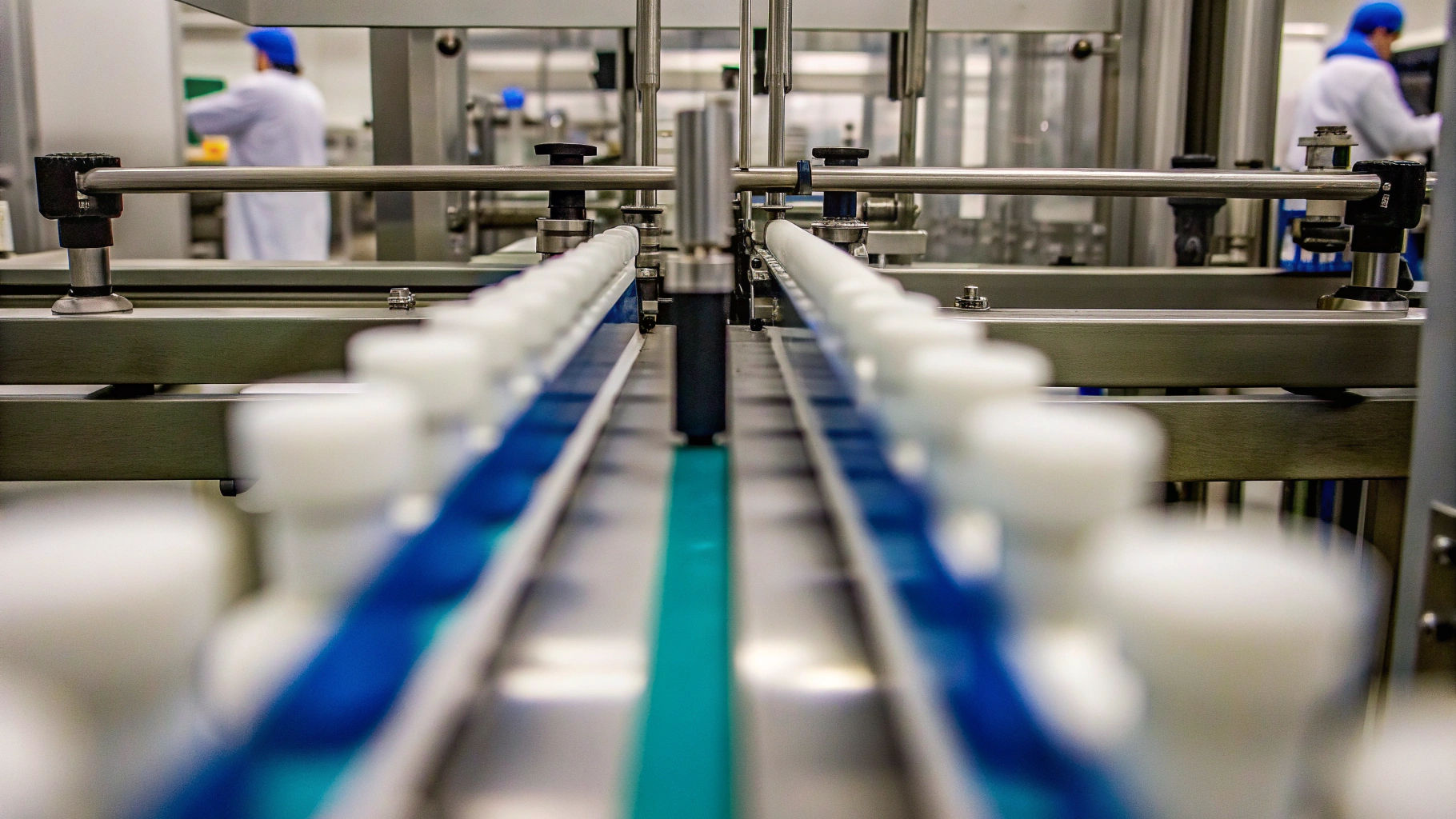
Conclusion
Preventing cross-contamination in pharmaceuticals is not merely a regulatory necessity; it is a fundamental aspect of ensuring patient safety and product integrity. The strategies outlined underscore the critical importance of:
- Implementing rigorous hygiene protocols
- Establishing specialized production areas
- Providing comprehensive staff training
By addressing these pivotal areas, pharmaceutical manufacturers can significantly mitigate the risks associated with contamination and uphold their unwavering commitment to quality.
Key insights from the article emphasize the necessity of:
- Adhering to stringent cleaning practices
- Utilizing automated systems
- Conducting regular audits to maintain high hygiene standards
The case studies presented illustrate that proactive measures lead to improved outcomes and compliance with regulatory guidelines, showcasing the effectiveness of strategies that can indeed prevent cross-contamination.
The implications of neglecting cross-contamination controls extend far beyond regulatory penalties; they can jeopardize public health and erode trust in pharmaceutical products. As the industry evolves, it is imperative for organizations to prioritize these preventive measures and cultivate a culture of compliance. By doing so, they not only safeguard their reputation but also contribute to the overall safety and well-being of patients who depend on their products.
Frequently Asked Questions
What is cross-contamination in the context of food safety?
Cross-contamination refers to the accidental transfer of contaminants from one substance or surface to another, which poses a significant risk to the purity and safety of pharmaceutical items.
Why is preventing cross-contamination important?
Preventing cross-contamination is crucial for ensuring patient safety, the effectiveness of pharmaceutical products, and compliance with regulatory standards.
What regulatory agencies oversee cross-contamination issues?
Regulatory agencies such as the FDA mandate strict adherence to Good Manufacturing Practices (GMP) to mitigate the dangers of cross-contamination.
What specific risks has the FDA highlighted regarding cross-contamination?
The FDA has pointed out the risk of impurities associated with the Burkholderia cepacia complex in non-sterile, water-based pharmaceuticals, emphasizing the need for robust environmental controls and validation procedures.
Can you provide an example of the consequences of cross-contamination?
An example is the Johnson & Johnson vaccine recall, which resulted in the disposal of 75 million doses due to cross-infection with AstraZeneca’s vaccine, highlighting the severe repercussions of inadequate impurity control.
What strategies can be implemented to prevent cross-contamination?
Strategies to prevent cross-contamination include stringent cleaning procedures, comprehensive staff training, and diligent environmental oversight.
How can pharmaceutical producers ensure compliance with safety standards?
By fostering a culture of compliance and implementing thorough control measures, pharmaceutical producers can significantly reduce the risks associated with cross-exposure and ensure adherence to regulatory standards.
